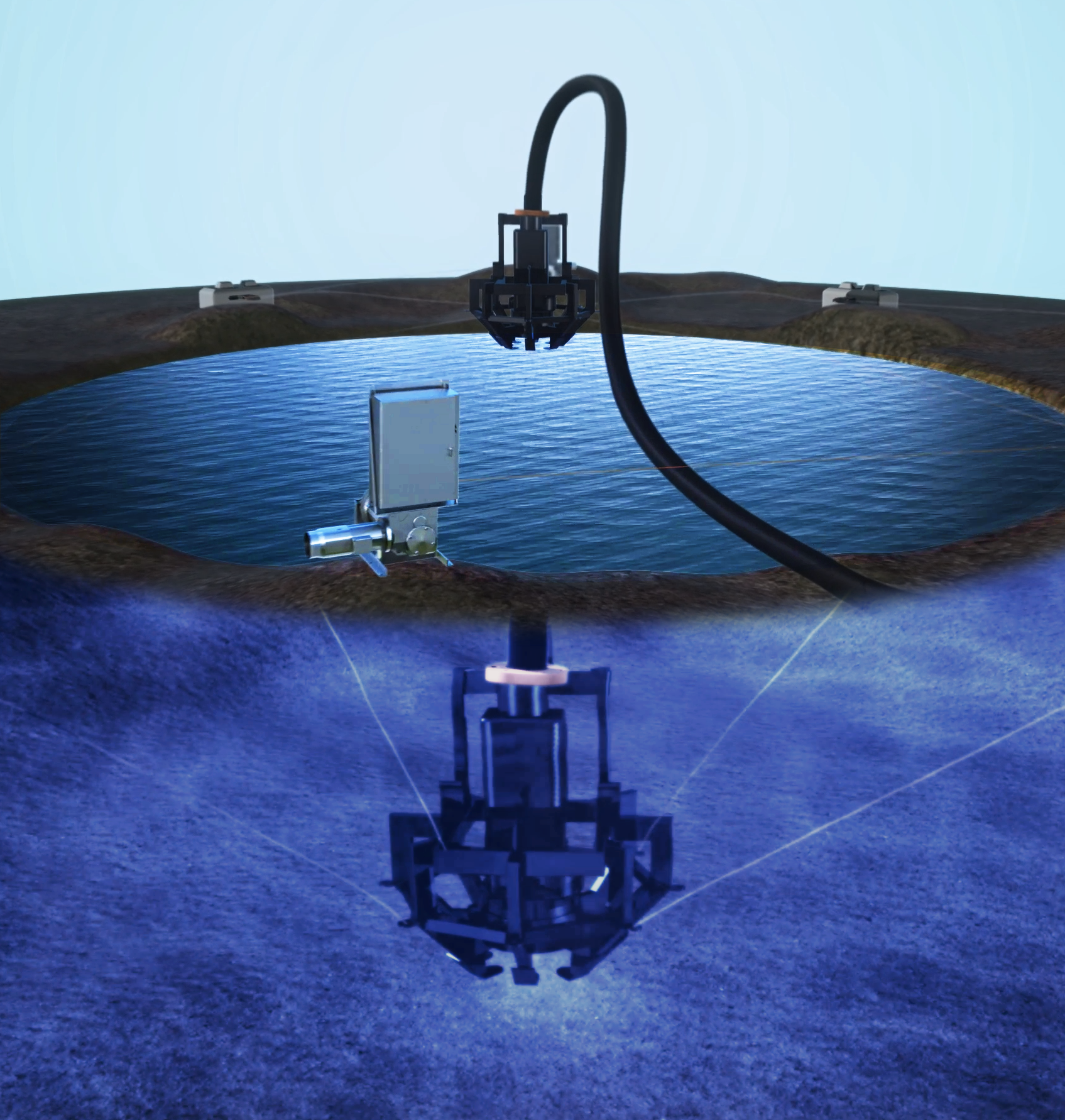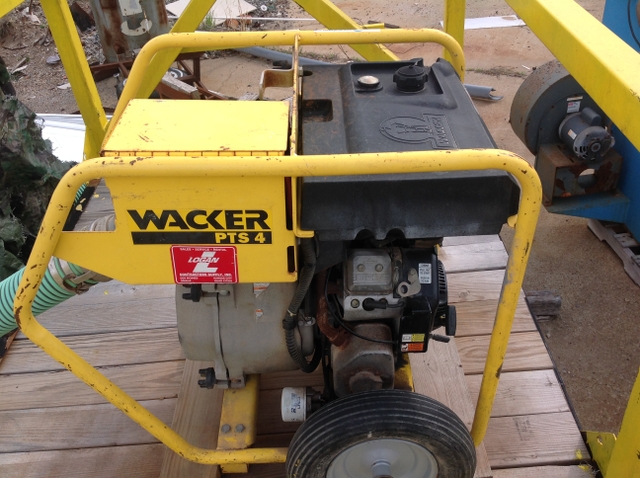


ConsiderationsĪ pond owner considering a dredging project to restore the intended use(s) of a pond should evaluate various factors such as potential benefits, costs, equipment needs and transport, water access, use of the pond, the ability to manage the pond’s water level during dredging, the volume of sediment that will be removed, available options for temporary storage of sediment for drying, available options for permanent storage or disposal of sediment, regulatory or permit requirements, the appropriateness of various best management practices, environmental impact minimization techniques, and potential impact to aquatic organisms. Image credit: Heather Nix, Clemson Cooperative Extension. Accumulated sediment is starting to form an upland peninsula in this pond. Once a pond owner determines dredging is necessary to restore the intended use(s) of a pond, there are numerous factors to consider, which are outlined below.įigure 2.

In recreational and farm ponds, voluntary dredging can return the original water storage capacity and remove an internal source of nutrients. Stormwater ponds are commonly designed to capture sediment, and regulations may dictate the sedimentation threshold that should trigger dredging. When a pond no longer meets the intended use(s) due to excessive sedimentation (figure 2), a pond owner may need to physically remove the accumulated sediment through dredging to restore the original pond design parameters. For additional information on pond aging and water quality parameters, please see the Land-Grant Press publication “ Recreational Ponds in South Carolina”. 1 Combined, these conditions often result in an increase in aquatic plant and algae growth, which may interfere with the intended use(s) of the pond and become difficult to control. Additionally, nutrient-rich sediment can become an internal source of nutrient loading. The water depth and photic zone (where sunlight penetrates to the bottom of the pond) become shallower with increased sedimentation, and the ambient water temperature may increase, especially during warmer months (figure 1). Ponds that receive streamflow or stormwater runoff capture sediment over time, which can significantly change conditions in the pond.

Image credit: Sarah White, Clemson University. Over time, ponds typically accumulate sediment and abundant plant growth.


 0 kommentar(er)
0 kommentar(er)
